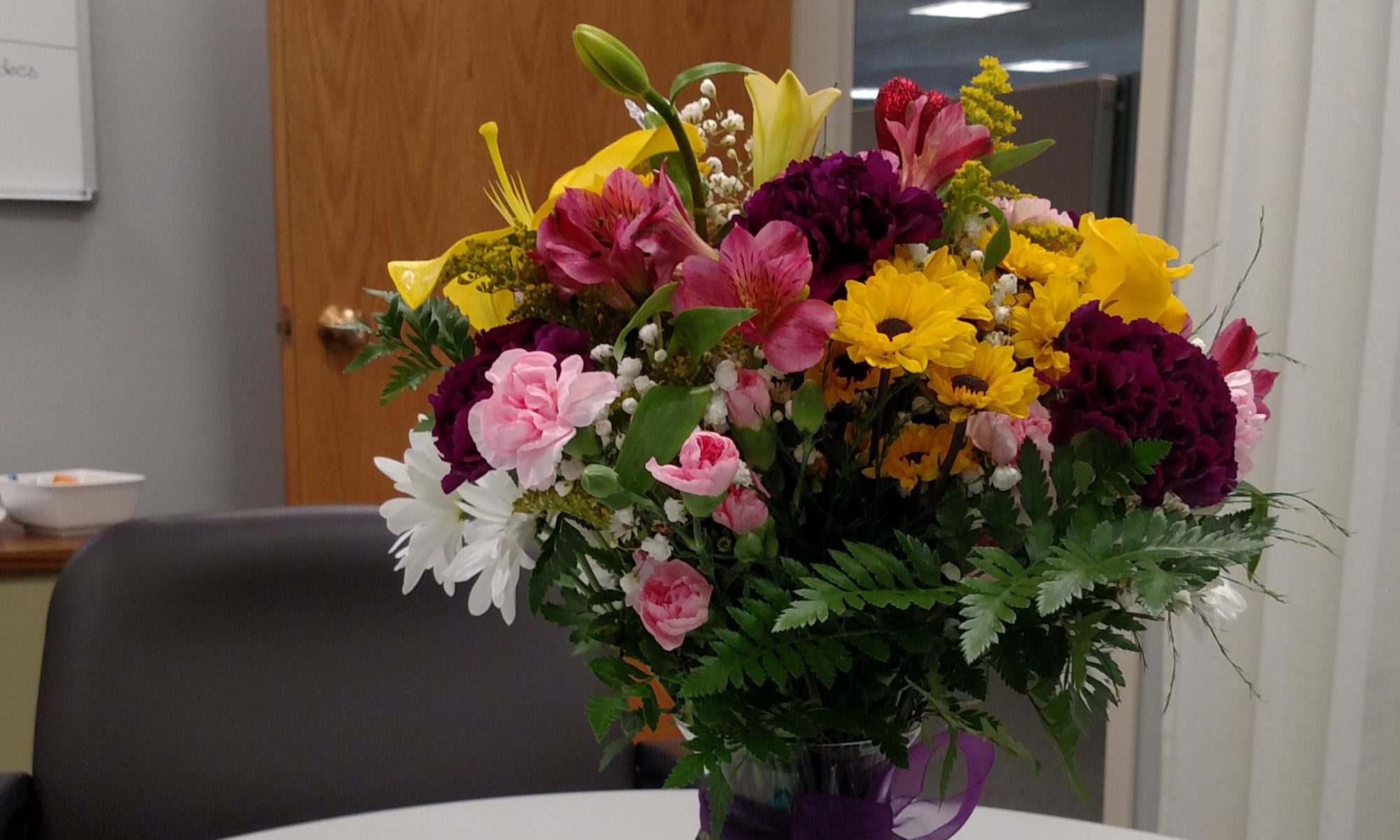
Yeah, well, there’s a way out of that.
So here’s my confession. I’ve spent a lot of my work life fairly certain that my boss didn’t like me. Not that I needed my boss to like me, I mean, that’s their loss right? Right?
Don’t get me wrong, I work at a great company and I’ve been blessed with tremendous managers. But you know, org charts change, people move around and reporting structures are often a shifting landscape.
So, many times, I’ve been unsure as to where I stood with regard to my boss. Once, I was completely convinced that my soon-to-be new boss absolutely did not like me. I just knew it in my bones. And that? Was scary.
Being part of the tribe and knowing our standing within the tribe is one of those life or death things. We’ll take serious risks and work very hard to maintain our standing and feel secure in our position and when that position is unclear – my friends, you can find at yourself with a good old fashioned case of anxiety.
Good thing feeling anxious is a really great way to be productive at work. (Not.) Better yet, once we’re anxious, our performance slips and we really do have something to worry about.
If you would like a free 25-minute session – click here. It’s free, it’s on zoom, camera on or camera off. It’s my pleasure
But what if there was another way?
Demoralized and worried, I talked to my coach. She asked me if I thought I could control what my boss’s opinion of me was. I’ve been around the coaching block a time or two so I didn’t take the bait. We can’t control other people. Full stop.
OK, so stop worrying about what you can’t control, she said. And then, she suggested a radical new idea. I should start taking action on what I could control. My new boss might not like me, but I, for sure, could like my boss.
I’m pretty sure I just blinked at her. What did that even mean? I was the underling. How was this a solution?
Trust me, she said. Can you like your boss?
I thought about it. Sure, I could like my boss. I like just about 98% of the people I meet. What would that get me?
Here’s the deal – when we like other people, we get to think nice thoughts about them. When we think cool things like – my boss is well respected, understands a lot about some areas I find interesting, has a great sense of humor, is a decent human being and has a lot to manage, we start to feel – friendly. We start to look forward to meeting with that person, we look for ways to help, we’re open and enthusiastic and we stay positive when we’re around them. Soon, we’re just having a good ol’ time and who cares if they like us or not? How could we tell? We’re just busy having fun.
And guess what? Who doesn’t like to work with a person who behaves like that? See how that works? It’s a no-lose situation.
But if we tie how we’re going to feel to how we imagine someone else feels, we’ve lost all control. Because we have no control over how other people feel and now we’ve attached our own feelings to something we can’t control. NO FUN.
Emotional adulthood is when we decide to assume the mantel of command, and take charge of our own emotional navigation. It’s when we take responsibility for how we feel and let other people worry about themselves. Emotional adulthood is available to all of us, right now.
So that’s what I did. I really did like my new manager, and I was able to focus on all the positive qualities this person had. I stopped worrying about what my manager thought about me. I focused on my work and the fact that I was working for a manager I was determined to like. Guess what? My anxiety went away and to this day, I have a big, expansive feeling inside when our paths cross. Who knows if that manager likes me? I sure as hell like them.
And that? Is just good to know.













